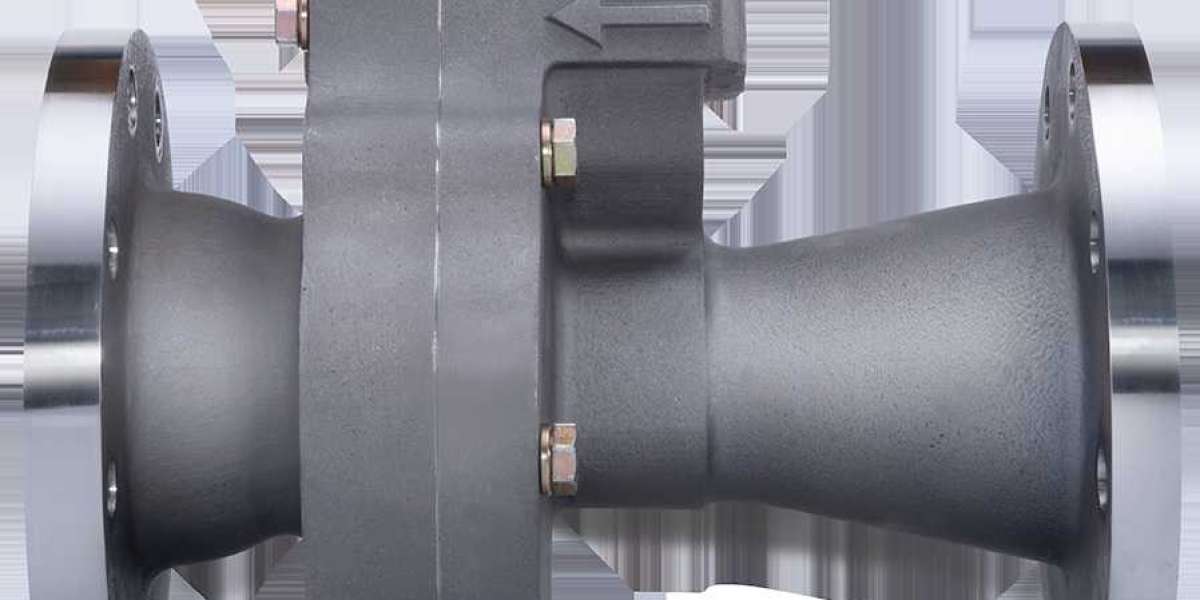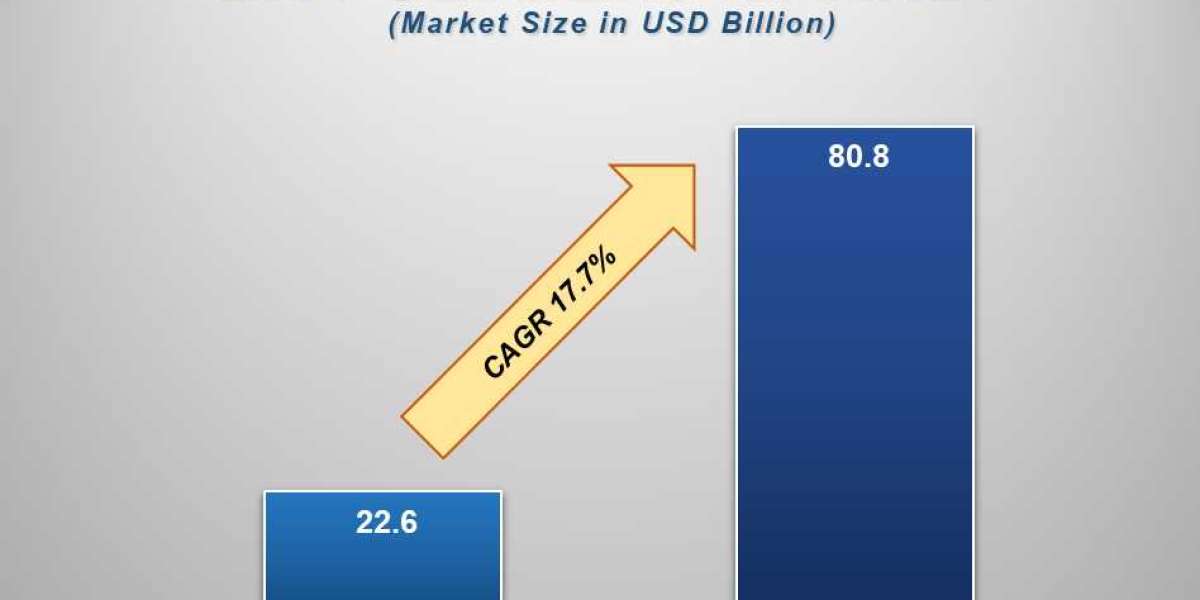In an age where aging is no longer passively accepted but proactively challenged, a new form of modern health philosophy is emerging—bio-optimized living. It's a movement fueled not by fringe science or sci-fi dreams, but by real biological enhancements and a societal shift in how we define wellness. One of the core elements in this cultural and physiological renaissance is PRP injections. While not new, these platelet-rich plasma treatments are being seen in a radically new light: not as recovery aids but as tools for perpetual biological self-upgrading. The prp treatment has found itself at the center of this movement, symbolizing a shift from reactive healthcare to proactive regeneration.
From Ancient Healing to Tech-Savvy Biology
Regeneration has long held a mythical allure. From the tales of Prometheus to medieval elixirs of life, humans have yearned to reverse the decay of age and injury. However, what once resided in myth is now crossing the threshold into modern medicine. PRP injections are one example of this shift. Derived from the patient’s own blood, these treatments concentrate healing platelets and growth factors and reinject them into damaged tissues, triggering the body’s natural repair systems.
Though initially popular in orthopedics and sports medicine, their applications have expanded—cosmetic dermatology, hair restoration, and even sexual health enhancement. The rise of personalized wellness and biohacking culture has transformed PRP from a recovery solution into a regenerative lifestyle tool. It’s no longer just about healing—it's about optimizing, enhancing, and prolonging the vitality of the body.
The New Religion of Optimization
The growing obsession with regenerative therapies like PRP isn’t solely medical—it’s cultural. We are living in a post-wellness era where people don’t just want to feel “okay”; they want to thrive. There’s a spiritual undertone to the way many talk about their bodies now—rituals of fasting, supplementation, and now, regenerative injections are performed with the kind of devotion once reserved for religious rites.
Bio-optimized living is a full-scale lifestyle, one that merges performance science, clean eating, mental clarity, and regenerative therapies into a seamless identity. PRP injections have found their way into this regime not only because they offer physical benefits, but because they represent a form of bodily transcendence—a control over time, decay, and entropy. For many, to inject PRP is not just to heal but to defy the traditional life arc itself.
The Science Behind the Sensation
Despite the cultural hype, the biological mechanism of PRP remains rooted in sound science. When the body is injured, platelets rush to the site, releasing growth factors that signal tissue regeneration. By concentrating these platelets and delivering them directly to target areas, PRP therapy accelerates natural healing processes without foreign substances or pharmaceuticals.
Clinical studies have shown promising results in treating tendon injuries, osteoarthritis, and hair loss. What’s compelling is that PRP doesn’t promise a synthetic fix—it activates what’s already within us. This aligns perfectly with the ethos of bio-optimized living, which prizes natural, sustainable interventions over artificial shortcuts. As interest grows, researchers continue to explore the potential of PRP in neurological repair, anti-aging strategies, and even chronic disease modulation.
The Business of Regeneration
With celebrity endorsements, influencer testimonials, and boutique clinics popping up in wellness hubs worldwide, PRP injections have become a commercial force. Regeneration is no longer confined to hospital wards or sports injury clinics—it’s now a lifestyle product. The aesthetics industry offers PRP as the “vampire facial,” while fitness centers tout it as the ultimate recovery tool. For many, it’s a status symbol, the wellness equivalent of driving a Tesla.
Yet, this surge in popularity raises important questions. Who has access to these treatments? Are they becoming another marker of wellness inequality, where only the affluent can afford to regenerate at will? The commodification of PRP walks a fine line between medical innovation and market-driven elitism. Still, as technology evolves and public demand grows, costs may drop and access may broaden, pushing regeneration into the mainstream.
Ethical Frontiers and the Future of Self
The regenerative health revolution invites us to reconsider not just how we age but how we define ourselves. If we can constantly renew, repair, and restore our bodies, what becomes of the natural human lifecycle? Bio-optimized living flirts with the concept of transhumanism, where the human form is not a given, but a platform for endless upgrading.
PRP’s role in this future may seem modest today, but it’s part of a broader trajectory—one where cellular manipulation, gene editing, and regenerative medicine converge. With ethical debates heating up around enhancement vs. treatment, the cult of regeneration walks a controversial path. Is it right to prolong youth? Should access to such therapies be universal? What happens when we stop accepting decline as natural?
Despite the philosophical complexity, the momentum is clear. Regeneration is no longer just science—it’s identity, aspiration, and ideology.
Final Thoughts: Regeneration as a New Philosophy of Life
The rise of PRP injections in the wellness and medical community is not merely a trend—it signals a profound cultural shift. No longer satisfied with simply preventing illness, modern individuals are reaching for vitality, performance, and agelessness. The cult of regeneration, with PRP at its core, offers a powerful metaphor for how we now approach health: not as a binary state of sick or well, but as a dynamic spectrum of constant enhancement.
As bio-optimized living grows in popularity, therapies like PRP will likely evolve into more advanced forms, integrated into everyday health routines and augmented by AI, data tracking, and personalized protocols. The body, once a vessel of limitation, is now a frontier of infinite potential. In this new era, to regenerate is not only to heal—it is to live deliberately, scientifically, and endlessly in pursuit of our highest biological self.



